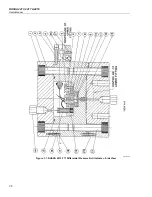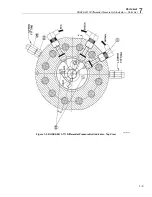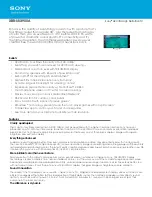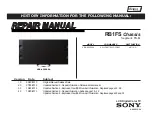
6-1
Chapter 6
Maintenance
Servicing the Instrument
Failure of the instrument may result from a malfunction of the following components:
•
Diaphragm
•
Differential Transformer
•
Electrical Feed-Thrus
•
Connecting Cable
•
Electronic Circuit
Diaphragm
In most instances, failure of the transducer has been traced to perforations in the
diaphragm caused by particle contamination of the fluids. When the cell is over-ranged
from one side, the diaphragm is driven to and pressed firmly against the surface of the
opposite cavity. If a particle of sufficient size is present in that cavity, the impression of
the particle against the diaphragm will cause a perforation. The diaphragm must, of
course, be replaced.
A perforated diaphragm may be detected from one or more of the following symptoms:
1.
Liquid-to-Gas System
a.
Otherwise unexplained presence of gas in the liquid portion of the cell.
b.
Continuous increase in liquid pressure when the cell is over-ranged from the
gas side.
c.
Erratic behavior of the cell caused by traces of liquid in the gas cavity.
d.
A wet bore in the fitting to the gas cavity — an indication that the liquid has
migrated as far as the fitting.
2.
Liquid-to-Liquid System
Periodic physical tests on one of the liquids to detect the presence of contamination
by the other liquid; i.e., a fluorescent residue from an evaporated sample of Freon in
a Freon-to-oil system.
The instrument should be returned to the manufacturer for replacement of the diaphragm.
















































